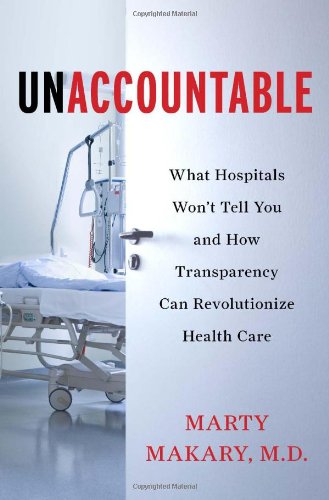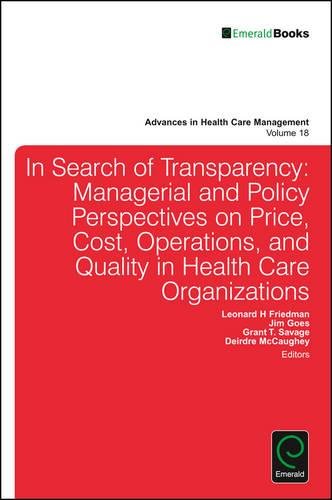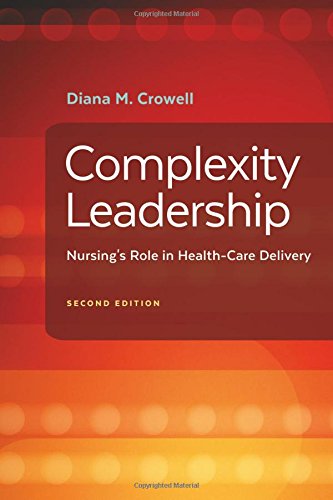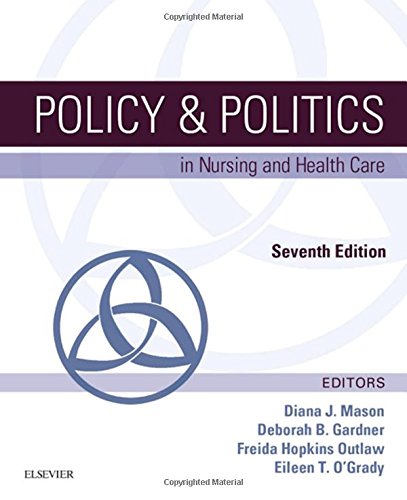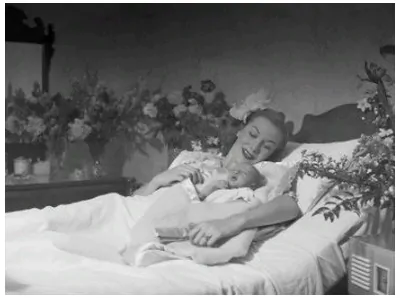How can nurses help foster transparency in healthcare?
I was very fortunate to attend The National Patient Safety Foundations’ Lucian Leape Institute’s 8th Annual Forum & Keynote Dinner on September 17, 2015, as one of the nurses selected to represent our organization. Lucian Leape is considered the father of the modern patient safety movement in the US. In 1994, he wrote “Error in Medicine” published in JAMA. This led to the development of The National Patient Safety Foundation (NPSF) in 2007 and along with the Institute of Health, published “To Err is Human” and “Crossing the Quality Chasm”. The National Patient Safety Foundation defines strategies and actions for patient safety and its mission is to “create a world where patients and those who care for them are free from harm”.
Transparency in Health Care
The 8th Annual Forum presented the NPSF report on “Shining a Light: Safer Health Care Through Transparency”. NPSF defines transparency as “the free uninhibited flow of information that is open to the scrutiny of others.”
The report identifies four domains:
- transparency between clinicians and patients
- transparency among clinicians
- transparency of health care organizations with one another
- transparency of both clinicians and organizations with the public
The report lists three checklists of actions:
- healthcare professionals
- leaders and boards
- Patients and families
A checklist for health care professionals encourages us to engage patients in their care. It reminds us to introduce ourselves and explain our role and as well as any changes to our role during their care. The checklist points out we should ensure that patients and families are actively engaged in their care, and use shared decision making. It recommends including patients in bedside rounding and care planning discussions. Patients should be informed of alternatives to tests and treatments along with their pros and cons. We should also encourage and educate them on how to use their electronic portals and accessing their medical records.
Advancing Transparency
In order to advance transparency, we must communicate any conflicts of interest and relevant disclosures to patients, colleagues, organizations, and the public. Patients should be made aware of the clinicians’ caring for the experience and any disciplinary history. Processes should be created for reporting, analyzing, and sharing safety data for improving care. And it is most important that we must report any incidents that result in errors and harm. Leaders must create a process in which clinicians can report events without fear of backlash. There must also be a differentiation between blame for errors and process failures, and holding those accountable who are not using evidence-based practices.
The checklist urges us to commit to transparency in speaking not only with patients and families but with our colleagues and leaders. We should become educated and engaged in our own organization’s transparency programs and initiatives. We must hold ourselves and our colleagues accountable for creating and sustaining transparency. Patients should be involved in reporting incidences and given full information promptly after any harm has occurred. NPSF recommends giving patients an immediate apology and fair resolution. Support must be provided for patients and clinicians involved in any incident, and patients must be allowed to participate as much as they would like in determining a root cause analysis. Finally, patients and families must be involved in organizational operations and governance.
Patients, Nurses, and Transparency
Case studies of patients and health care organizations’ experiences using these strategies illustrated how transparency can help everyone to learn from their mistakes. Though the harm could not be reversed for these patients, the clinicians involved were able to apologize and express their regret. Patients were able to receive what it was they were looking for: an apology and promise that others would not suffer as they did. Quick resolution mitigated lengthy and draining legal battles. More importantly, organizations began to share their incidents to identify process issues and prevent others from the same experience. Transparency makes everyone more accountable and that in turn drives the discovery of problems and innovative change.
A nurse who is not in a formal leadership position may think there is little they can do to affect transparency. I believe nurses can begin with these basic steps. Practice patient and family-centered care. Be sure you introduce yourself and others on the care team to the patient and family. Make sure the patient’s whiteboard is up to date. Champion bedside rounding and include patients in care planning. Submit incident reports: don’t let mistakes and errors slide. It is not about individuals, it’s about processes that need changing. Embracing a culture of safety may be challenging but transparency will affect better outcomes and trust in the long run. And think about participating in shared governance and other committees to improve patient care. Nurses are rated the most trusted profession in the US. Let’s take the lead on transparency, our patients are counting on us.
Debra Sarvis,MSN,RN has worked for nearly 40 years in the nursing profession. She discovered her passion for writing on issues affecting nurses during grad school. She is currently working with a digital healthcare company helping hospitals to reduce re-admissions and improve recovery for cardiac surgery patients. You can follow her blog at www.debbythenurse.blogspot.com.
Also, be sure to check out how to define and attain a nursing goal in a nursing care plan.
For other information on transparency in healthcare check out:
- Standing Strong: Why Patient and Nurse Advocacy Matters
- Improve Patient Satisfaction
- HIPAA for Nurses
Unaccountable: What Hospitals Won’t Tell You and How Transparency Can Revolutionize Health Care
In Search of Transparency: Managerial and Policy Perspectives
Complexity Leadership: Nursing’s Role in Health Care Delivery
Policy & Politics in Nursing and Health Care
Download Nurse Bingo Today!
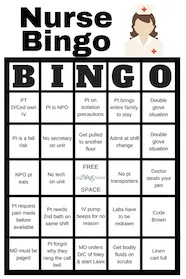
Liven up any shift with a fun game of bingo. See who can fill a row first!
Fill a whole card and lose grip with reality.
Your privacy is protected. We will never spam you.



